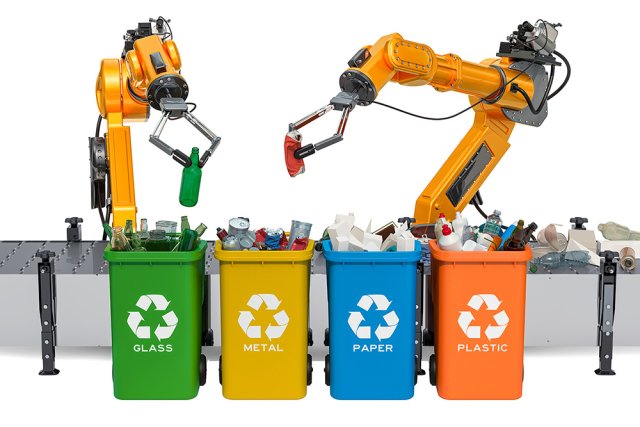Success Stories in Reducing Waste

This webpage is a searchable table that includes 2018 to 2021 Food Recovery Challenge, WasteWise, Federal Green Challenge, and Sustainable Materials Management Electronics Challenge national and regional award winners’ success stories. The success stories include descriptions of the winning organizations' waste management practices, quantitative results (e.g., money saved and tons prevented or diverted), most significant accomplishments, and lessons learned.
Select from the options below to read award winners' success stories. Readers can use the materials and focus areas and sector filters to access the stories. Use the search function to view award winners' success stories according to key words or areas of interest that are not provided below, such as award winner name.
Disclaimer: EPA does not endorse these entries or their services.
To read all stories, click the Show All button.
